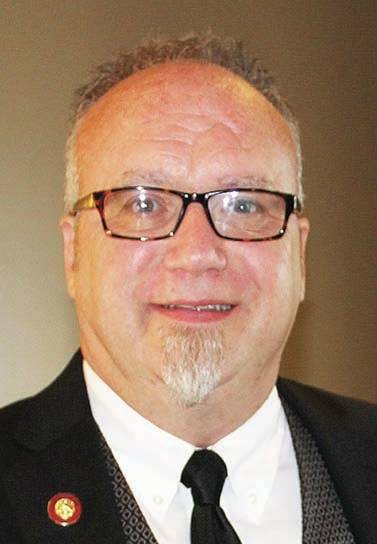It takes a variety of approaches to curb substance abuse
Published 10:11 am Friday, January 18, 2019
According to the latest numbers from the Kentucky Office of Drug Control Policy, 25 overdose deaths were reported in Franklin County in 2017. That is a staggering 49.5 deaths per 100,000 residents.
Statewide, 1,565 people died from drug overdoses in 2017. Kenton County, near Cincinnati, had the highest rate (69.5) followed by Campbell County (66); Boyd County (64.6); Mason County (58.2); and Jessamine (56.5).
Though Franklin’s numbers aren’t as high as these other Kentucky counties, drug and alcohol abuse persists and continues to destroy lives in the state capital.
Gov. Matt Bevin has stated Kentucky is in “a crisis state” when it comes to substance abuse issues. In recent years, the legislature has passed more laws addressing the drug problem, including increasing penalties for drug dealers; diverting additional funding for drug treatment programs; and limiting prescription painkillers to a three-day supply, unless granted a larger amount by a doctor.
The state has also spent thousands on Narcan training for first responders and pumped in $500,000 to create a hotline connecting users with treatment options — 1-833-8KY-HELP (1-833-853-4951).
Unfortunately, there are no quick fixes to the problem and it may take years before we know whether recent legislation has a long-standing effect on drug and alcohol users.
Despite all these efforts, on average between 40 percent and 60 percent of people who’ve been treated for addiction or alcoholism relapse within a year, according to a 2014 Journal of the American Medical Association study. That doesn’t mean we give up. It means we fight harder. Each and every number in the statistics are our community members, our sisters, our cousins, our sons.
There is also the fundamental rule when it comes to overcoming any adversity: The person has to want and be willing to accept help, and, oftentimes, when it comes to drug offenses that means numerous circuits through the court and corrections system.
The State Journal




